The hairs suffer numerous aggressions every day, because they are caused both by the effects of the use of chemicals such as smoothing, discoloration and tinctures, to damages caused by brushing, plaiting or air pollution.
To recover the hair that has become weak, brittle and porous, it is necessary to make treatments that moisturize and strengthen the hair, the base of essential oils, keratin, amino acids and vitamins, present in the shampoo, conditioner and moisturizing hair. water temperature, and be careful with the brushing and use of products that protect the wires from damage, for example.
So, the best solutions for damaged hair are:

1. Moisturize your hair regularly
When the hair is very dry and damaged, it is indicated to perform weekly hydrations, however the interval should be at least 15 days for those who have scalp is oily.
To make an effective hydration, it is advised to choose quality products, the following steps being indicated:
- Sanitize the yarn with shampoo, preferably anti-waste, and remove excess water with a towel;
- Apply the product in a small amount in each strand of hair, massaging them gently;
- Let the product act according to the time recommended by the manufacturer, preferably by heating the wires with an aluminum cap or a towel;
- Rinse well and finish with the conditioner.
To enhance the effect of the moisturizing mask, it is possible to put a few drops of essential oil, such as Argan, Olive oil or Macadamia, which have nutritional and regenerative abilities.
Some examples of moisturizing creams include Absolut repair, Redken Extreme, Inoar Macadamia, Revitrat nutri power, Silicon Mix, Hydra Rescue treatment, and the Kérastase product line for example.
In addition, there are recipes for homemade hair moisturizers, which are very effective, cheap and natural, such as the mask of avocado with honey or with carrots and almonds, for example. Check out some recipes for homemade masks for each type of hair.

2. Choose the ideal product
It is very important that the products used, from shampoo, conditioners and moisturizers are suitable for each type of hair, contributing to the need of each person. The main tips are:
- Curly hair : they are usually more dry hair, because the natural hydration of the wires have greater difficulty in reaching the tips, besides being thinner wires. Products with moisturizing properties based on keratin, elastin or quinoa are recommended;
- Curly hair : The use of masks with moisturizing properties are indicated for curly hair, especially those containing panthenol, shea butter, as well as oils, such as olive or argan;
- Chemically treated hair : yarns that have been smoothed, progressive brushes and similar treatments should use products that help hair recovery and that are formulated for this type of hair, already existing several options in the market, with reconstructive effects. It is also recommended to use silicone and protective products for the heat of the iron or dryer;
- Discolored hair: hair that goes through whitening or lights end up becoming very damaged, being indicated the use of moisturizing and reconstructive products, preferably made for blond hair, such as camomile base or specific to avoid the yellowish effect.
In addition, people who have hair damaged by the excessive use of a hair dryer or a flat iron should use products with moisturizing and rebuilding effect, it is essential to pass thermoprotective products before, to allow the cuticle to be sealed, in addition to a finisher, mainly the base of oils after.
3. Capillary cauterization
Capillary cauterization, also known as capillary plastic, is a hair restructuring treatment, which uses the combination of keratin and heat to close your pores and end the frizz, reducing the volume and leaving the hair softer, hydrated and bright.
It is always indicated for damaged, fragile, brittle or open-ended hair that is in need of deep and restorative treatment. Find out how cauterization is done and how much care should be taken.
4. Make a capillary schedule
The hair schedule is a routine of care that helps in the recovery of damaged hair. In this treatment, a care agenda is programmed, which alternates between periods of hydration, nutrition and reconstruction, with specific products, during a period that can last up to 6 months. Learn to make your own capillary schedule in Capillary Schedule for damaged hair.

5. Take care during washing
During bathing, washing the hair should be done carefully to prevent them from breaking during the process, preferring to wash during the day, because when sleeping with wet scalp, moisture favors the appearance of dandruff and the breaking of the wires.
In addition, it is recommended that the water be at the warm or cool temperature because the very hot water removes the layer of fat that protects the wires, leaving them weaker and brittle. Learn more about other fundamental hair care treatments.
6. Avoid ironing and drying
The heat generated by these procedures damages the wires, so they should be avoided by those who improve the health of the hair. If it can not be avoided, it should be preferred to smooth with dryers, keeping a distance of 30 cm from the wires. The pots should preferably be made of ceramic, as they better control the temperature.
7. Caring for food
A nutritious diet is essential for the recovery of damaged hair, being important the presence of proteins, present in meats, milk and eggs, as well as nutrients such as omega 3, vitamin A, vitamin C, iron and zinc present in foods such as nuts, seeds and vegetables, for example, which are key to healthy growth and strengthening of the yarn.
Learn more in How to Make a Food to Strengthen Hair.
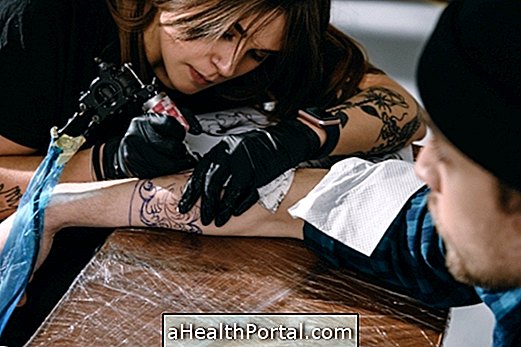

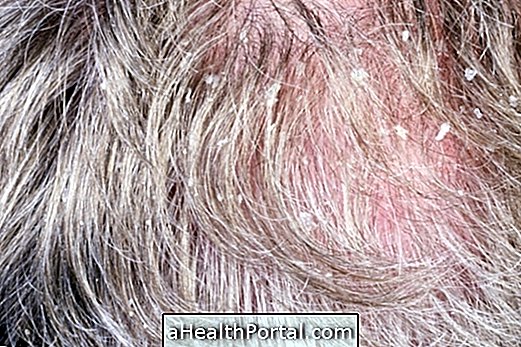
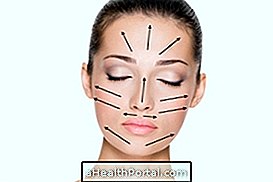
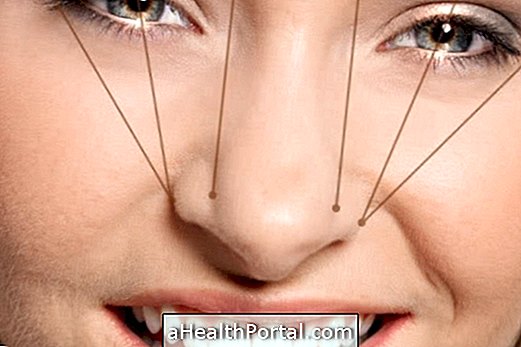
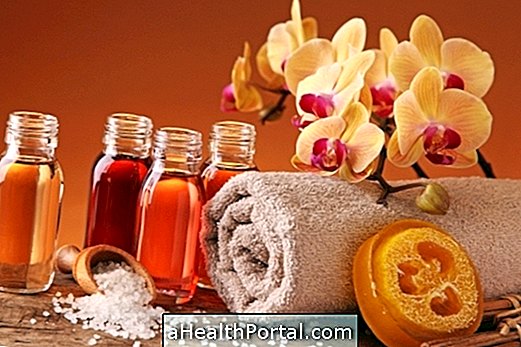



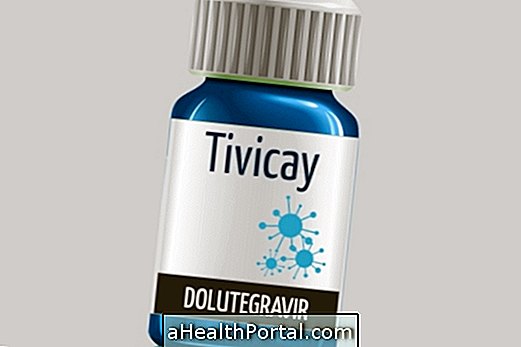

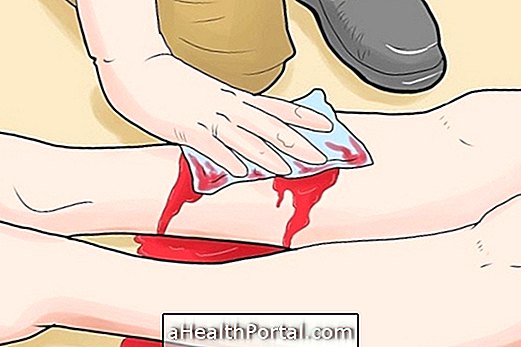

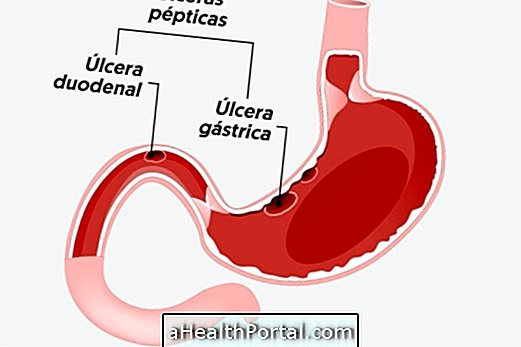
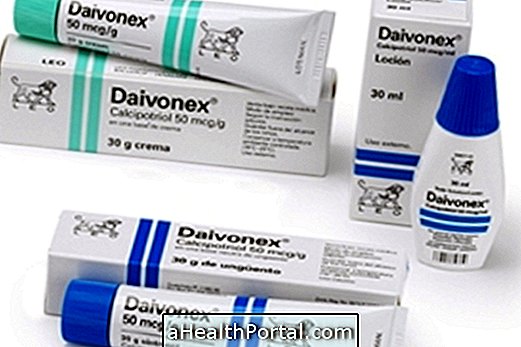


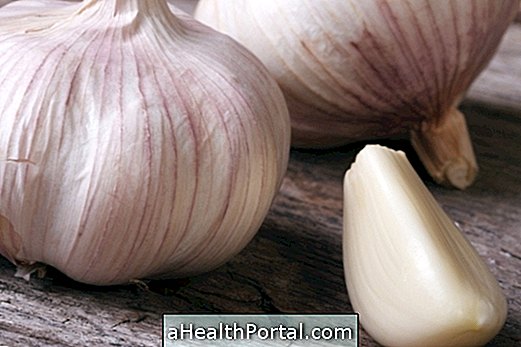

.php)

